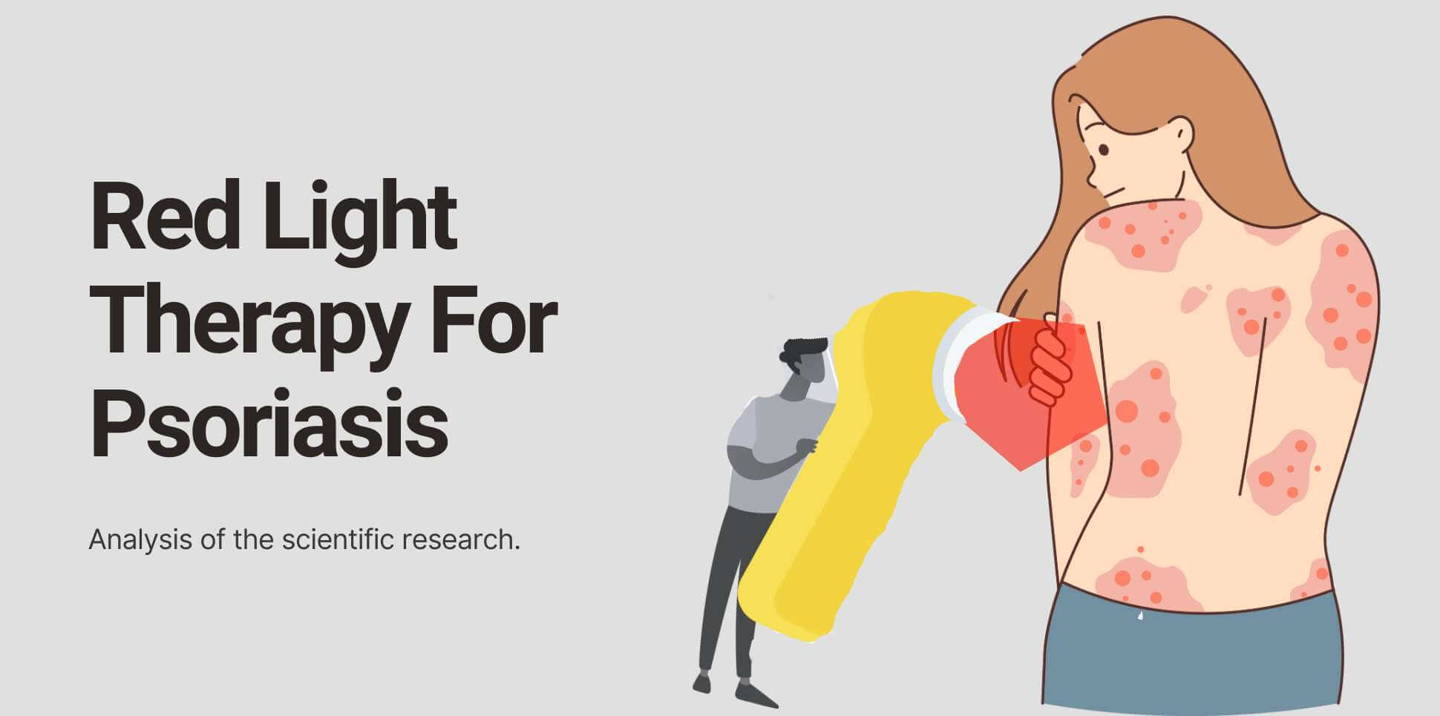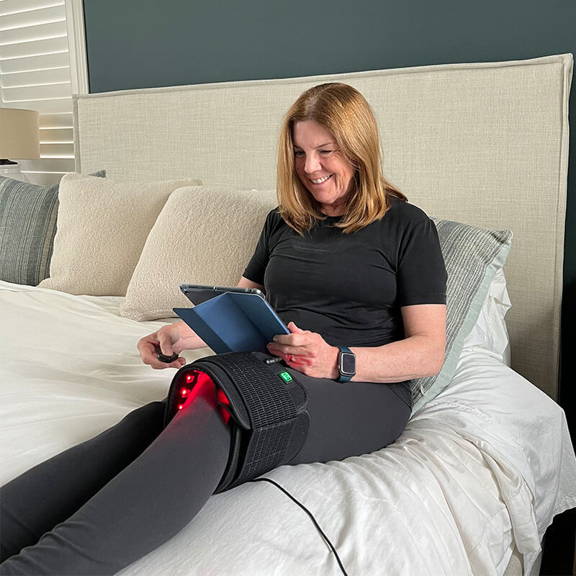[1] Avci P, Gupta A, Sadasivam M, Vecchio D, Pam Z, Pam N, Hamblin MR. Low-level laser (light) therapy (LLLT) in skin: stimulating, healing, restoring. Semin Cutan Med Surg. 2013 Mar;32(1):41-52. PMID: 24049929; PMCID: PMC4126803.
I have found that infra-red and near infrared light works well for my pain and deeper tissue hurts and challenges. It is not an instant cure, but over time the difference is noticeable. I use it for neuropathy in my feet as well, and do not see striking results yet, (week one), but will continue to use it to heal and speed the healing process. I will have hip surgery in 3 weeks, and hope that it will speed recovery as well. A good product and I recommend it!
Love this product. It’s been a game changer for pain. My only issue is that the cord comes out too easily from the band.
Red light therapy has helped me with my shoulder pain and my knee arthritis. The size of this pad is perfect for these parts of my body. Emma truly cares about the satisfaction of her customers and she went above and beyond with customer service for me. I highly recommend this company for your red light needs.
This is my second Oral Revive Elite I have purchased. My dentist kept wanting a deep gum scrapping, which left me in pain for at least 2 weeks, it was horrible! After suggesting driving an hour and a half to get therapy, I looked online and found the CuraYou and decided to try. I used it every day and the next time I went to the dentist my pockets went from double digits to single digits! I was sooo happy! The back molars are still a bit of an issue and I purchased the new one as it is larger to get to the back teeth. I am confident this will improve the back teeth as well. I also purchased one for my husband as he has the same issues. I would definitely recommend this to anyone who deals with periodontal disease. You can do it at home and the cost is way less, with no traveling....thank you CuraYou!! :)









